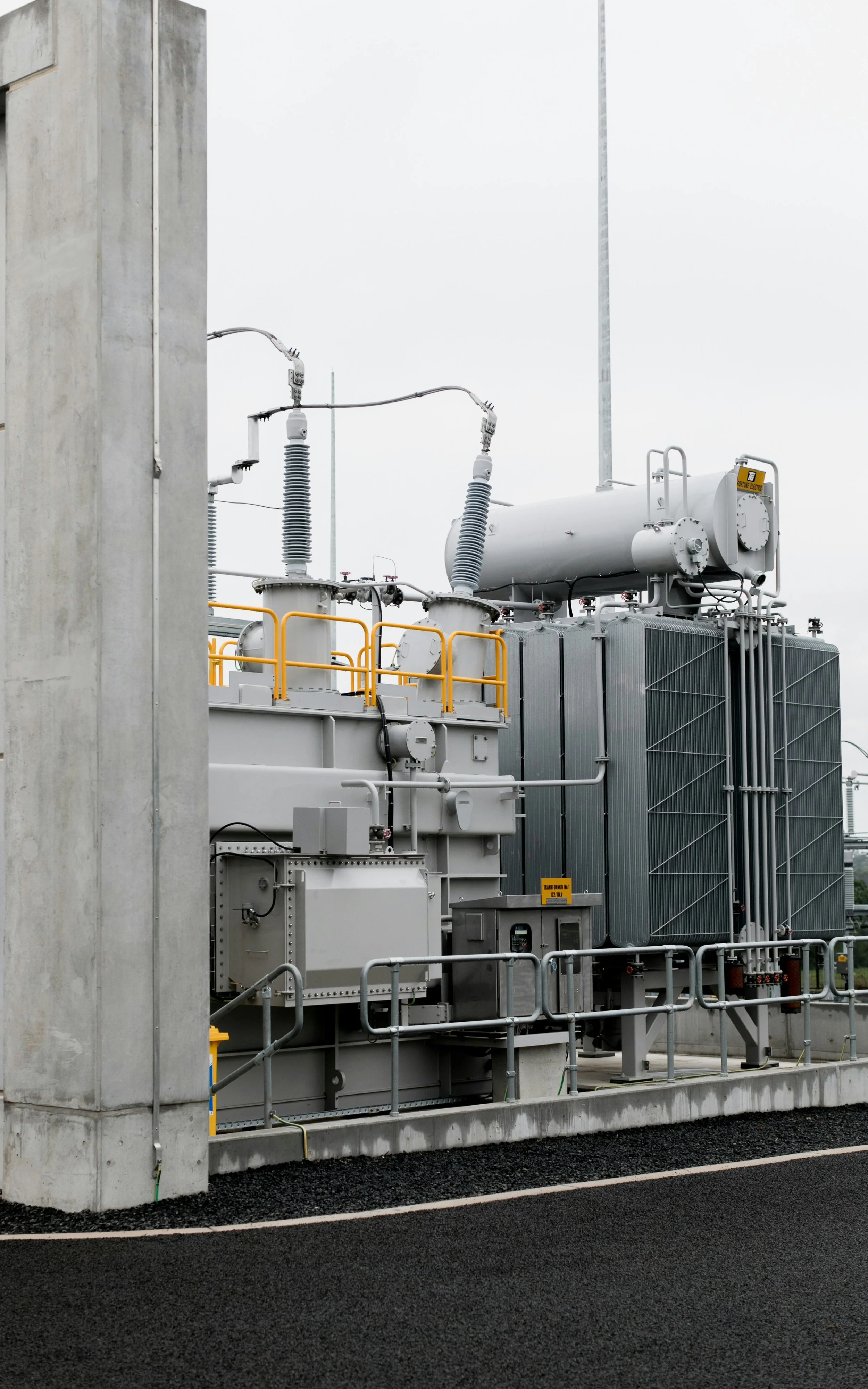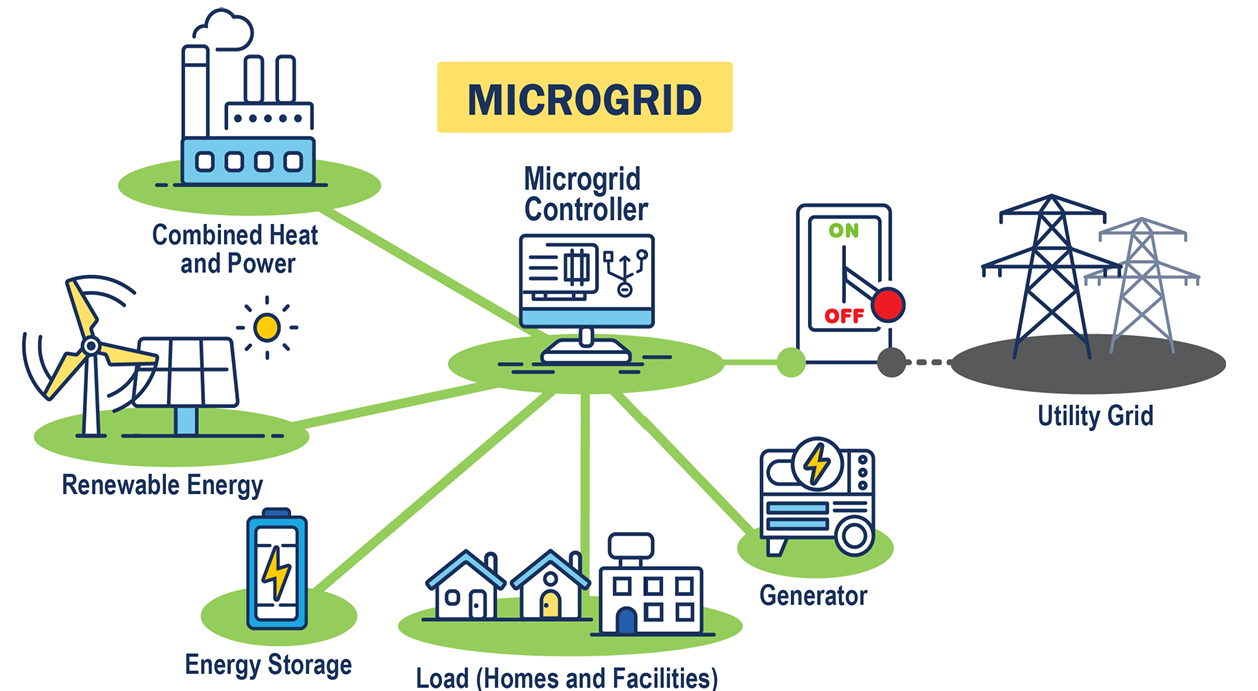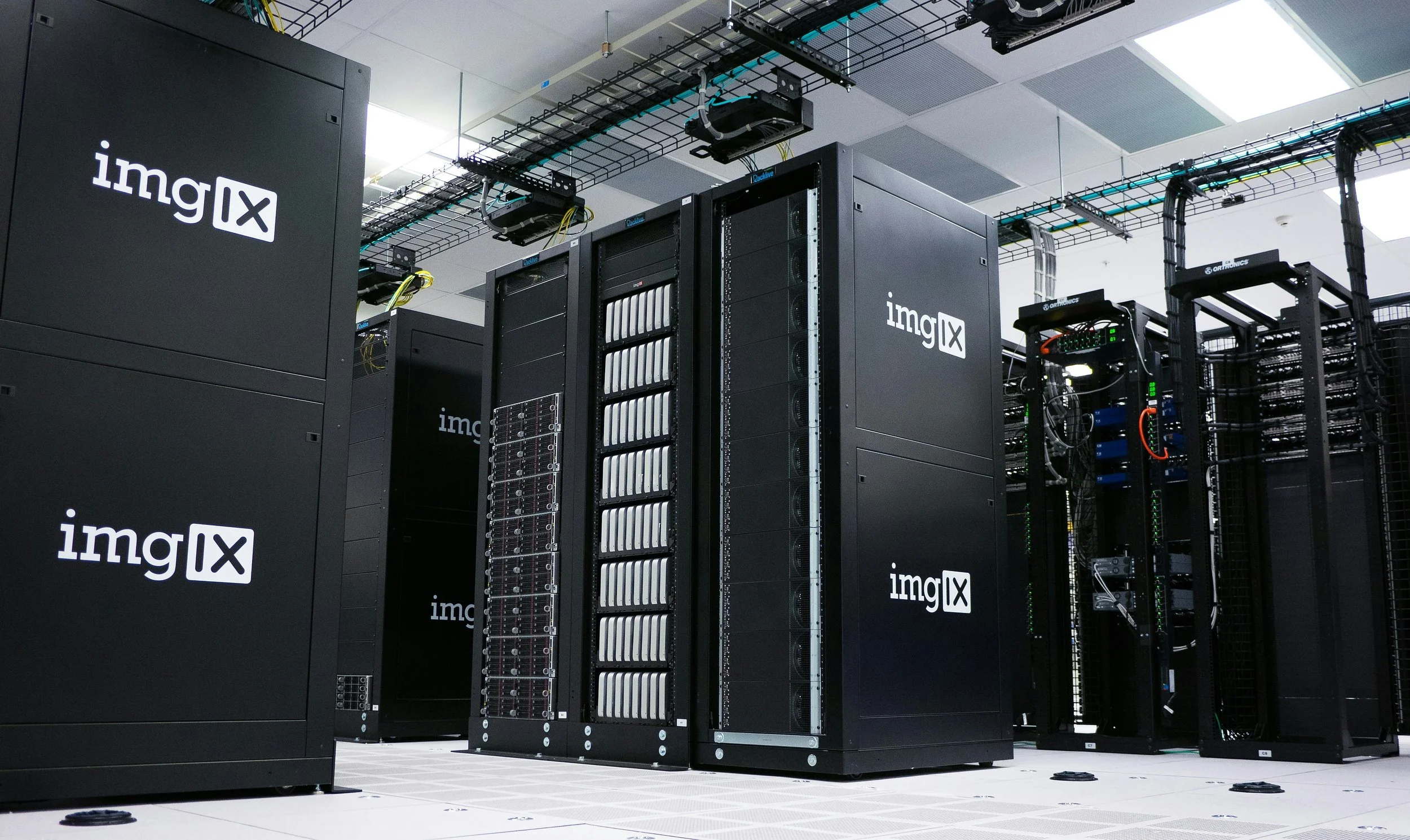
Microgrids in West Virginia
This Science and Technology note reviews the state of microgrids in West Virginia, explains the benefits of and barriers to microgrid development, and highlights key actions states are taking surrounding microgrid development.
Research Highlights
Microgrids provide an uninterrupted supply of electricity, helping to boost energy resiliency.
Microgrid development requires large upfront costs and a complex regulatory environment.
States utilize a variety of programs to incentivize microgrids.
Microgrids can ensure reliability and resilience of the electric grid. Microgrids allow large electricity consumers to generate their own electricity, reducing demand on the electric grid. This Science and Technology note reviews the state of microgrids in West Virginia, explains the benefits of and barriers to microgrid development, and highlights actions states are taking surrounding microgrid development.
What are Microgrids?
Microgrids are systems that produce electricity for a relatively small area. They can operate independently from the electric grid (island mode) or interconnectedly with the grid. Island mode allows the microgrid to supply its service area with electricity even in the case of a grid outage, and interconnection with the main grid allows generation flexibility, and enables selling energy back to the primary grid.
Microgrids use a variety of methods to generate electricity, including renewable sources like wind and solar and nonrenewable sources such as natural gas and diesel. The choice of generation source is often informed by resource availability and reliability, capacity of the microgrid, and cost. Historically, microgrids have been used to power military installations and universities, but are now being used to build community electric resilience and to supply facilities that are heavy energy users, like data centers. Microgrids can be used to ensure an uninterrupted supply of power to critical infrastructure, making them a very attractive option for certain applications. Interest and investment in microgrids has been growing; with a 2023 study showed 11% growth in microgrids in the preceding four years.
Microgrid Structure. Image Source: Microgrid Overview, US Department of Energy Grid Deployment Office
Microgrids in West Virginia
West Virginia has advanced microgrid development several times in recent years. 2022 saw the passage of SB 4001, allowing independent renewable electricity production in certified high impact industrial business development districts. During the 2025 legislative session, HB 2014 was passed. This bill established a Certified Microgrid Program, allowing microgrid projects to use nonrenewable energy sources and prohibiting local ordinances from interfering with microgrid development. Advocates for microgrid development, including stakeholders in the energy industry, highlighted microgrids would produce jobs, and that businesses attracted to use the microgrids would produce significant tax revenue. Opponents to the bill expressed health and environmental concerns and a lack of local regulatory control for microgrid development.
West Virginia’s first microgrid, in Jackson County, is nearing initial completion and hoping to begin solar-powered microgrid electricity production by the end of 2025. Additional facilities are under development in Tucker and Mingo counties. However, communities near microgrid development projects are pushing back.
Many are concerned about the environmental and safety impacts of microgrids. As natural gas and diesel are planned to be used as the fuel sources for West Virginia’s largest microgrid projects, people are concerned that their emissions may cause environmental issues, including acid rain, and health issues, such as increased rates of asthma. However, the emissions in pollutants from natural gas are significantly less than those from traditional coal or oil electric generators and the West Virginia facilities are classed as minor polluting facilities. Additional concerns from citizens include noise and light pollution, as HB 2014 prevents local ordinances from setting limits on these issues. Citizens have also taken issue with the proprietary nature of microgrid development, citing a lack of transparency and public outreach in the permitting process.
Benefits of Microgrids
Microgrids help to increase resilience of the total electric grid because they continue to provide electricity when the traditional electric grid cannot. West Virginia has historically poor electric reliability, experiencing the fourth-most frequent and second-longest grid outages in 2022. Microgrid development could help improve West Virginia’s electric reliability directly through community microgrids or indirectly through demand alleviation by commercial microgrids. Currently, only commercial microgrids are in development in West Virginia. Concern is growing that the national electric grid could be targeted by criminals. Microgrids can isolate and disconnect from the grid, securing against electric grid attacks. Because microgrids are located relatively close to electricity consumers compared to traditional power plants, microgrids also improve electric transmission efficiency.
Microgrid Regulation Across States
One of the main barriers to microgrid implementation include the high costs required to plan and build a microgrid. Microgrid planning needs to be customized to address the specific needs of the site, users, and surrounding community, thus increasing costs. The Smart Electric Power Alliance and the West Virginia Office of Energy have developed an interactive resilience needs map to aid in microgrid planning and prioritization. The high initial cost could be addressed by using an Microgrid-as-a-Service model. Here, microgrid companies construct the microgrid and charge users over time, allowing users to make a smaller initial investment. Federal microgrid funding and tax credits are also available.
Additional hurdles include legal and regulatory considerations, as states take a variety of different approaches to microgrids. Connecticut was the first state to develop a microgrid definition, and has continued to encourage their development with a Microgrid Grant and Loan Program. Additional microgrid financing options that Connecticut uses include a green bank, providing financing specifically for clean energy projects, and the addition of microgrids to the Commercial Property Assessed Clean Energy (PACE) program, allowing building owners to borrow funds and repay them over time. 32 states have PACE programs, including Ohio, Kentucky, Virginia, Maryland, and Pennsylvania.
Some states include microgrid development as an option in grid modernization efforts. Maine added microgrid developers to their list of groups who can alter public infrastructure, allowing them to more easily connect to the electric grid. States are addressing standardization protocols for interconnection points between microgrids, with 37 states regulating interconnection. These connections allow microgrids to sell electricity back to the grid, and states are implementing special pricing structures known as tariffs to standardize the compensation microgrid operators receive for their excess electricity. West Virginia could build on its existing microgrid momentum by expanding funding options for microgrids or expanding to community microgrids in addition to commercial ones.
This Science and Technology Note was prepared by Madison Flory, PhD, West Virginia Science & Technology Policy Fellow on behalf of the West Virginia Science and Technology Policy (WV STeP) Initiative. The WV STeP Initiative provides nonpartisan research and information to members of the West Virginia Legislature. This Note is intended for informational purposes only and does not indicate support or opposition to a particular bill or policy approach. Please contact info@wvstep.org for more information.




